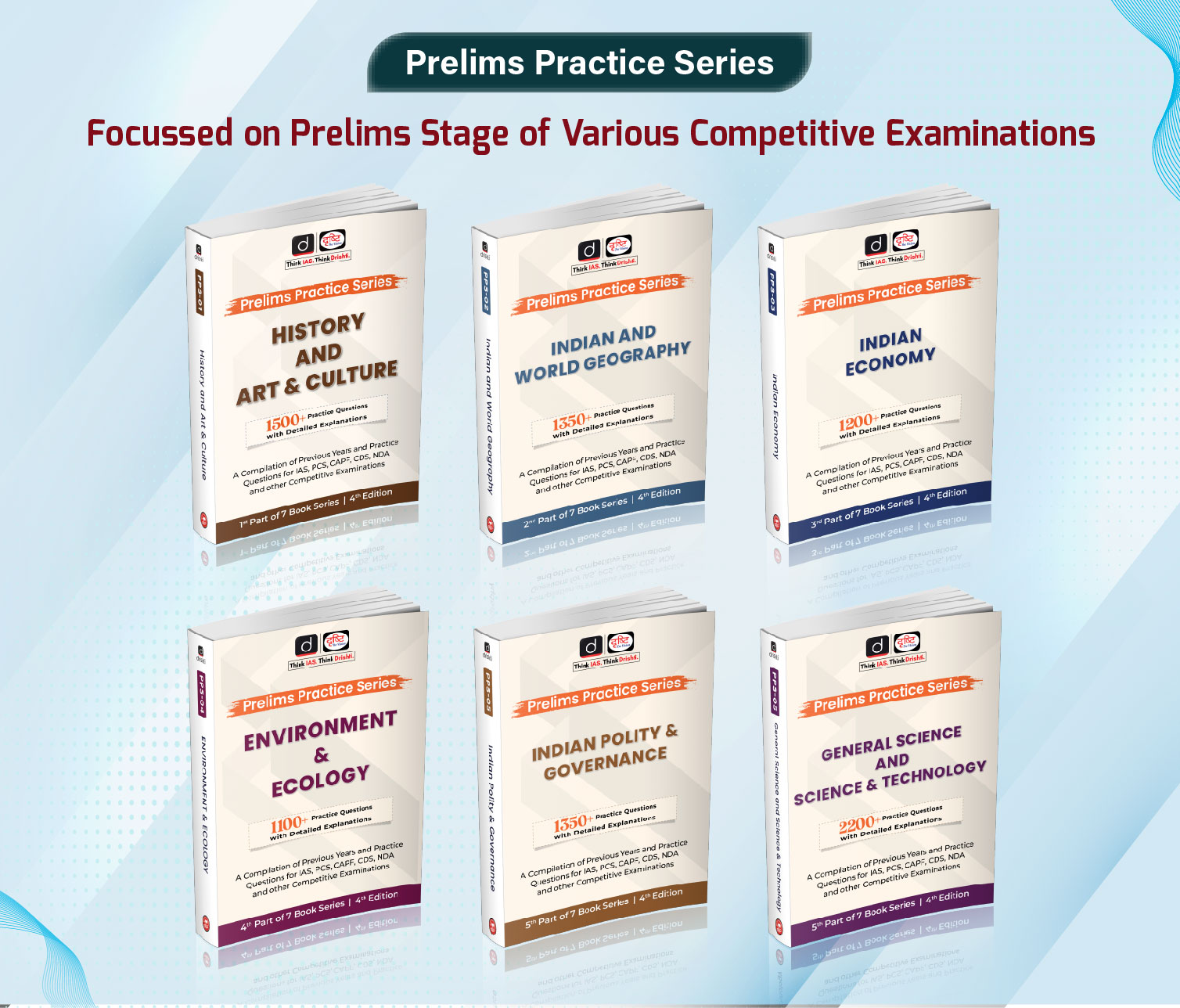Bihar Switch to Hindi
Bihar's Sitakund Mela Gets Official Management
Why in News?
The Sitakund Mela in Munger, Bihar, one of the state's most revered religious, cultural, and tourist attractions, will now be managed by Bihar State Mela Authority under the Bihar State Fair Authority Act, 2008 to streamline the fair's operations and enhance its significance in the region.
Key Points
- Historic and Cultural Importance: The Sitakund Mela is held annually from Maghi Purnima (late January or February) to Phalgun Purnima (usually March), attracting millions of devotees from Munger and surrounding districts.
- 5,000 foreign tourists also visit the temple annually for worship and tourism.
- Religious Significance of Sitakund: Located on the banks of the Ganga River, Sitakund is believed to be the site where Mata Sita underwent her Agni Pariksha (fire test).
- The place features five sacred kunds (pools), including one that continuously flows with hot water, marking the test of Sita’s purity, and the other four kunds with cold water.
- Mela Management and Development: As part of the Bihar State Mela Authority, the fair will now benefit from better organization, infrastructure, and management.
- The fairs are not only promoting Bihar’s rich cultural heritage but also providing employment opportunities for local communities.
Bihar Switch to Hindi
Bihar to Constitute ‘State Safai Karmachari Commission’
Why in News?
Chief Minister Nitish Kumar announced the formation of the Bihar State Safai Karmachari Commission, which aims to ensure the welfare, protection, and socio-economic upliftment of sanitation workers across the state.
- It will also monitor the implementation of various welfare schemes and work towards ensuring the protection of their rights.
Key Points
- Composition of the Commission: The commission will consist of a chairperson, vice-chairperson, and five members, including a woman and a transgender person.
- This inclusive structure aims to address the concerns of marginalized sections of society engaged in sanitation work.
- Key Functions and Goals: The commission will provide suggestions on the rights and welfare of sanitation workers, advise the government on policy matters, and review and implement welfare schemes designed for their benefit.
- It will also play a key role in integrating sanitation workers into the social and economic mainstream.
- Jurisdiction of Commission: According to an estimate, more than 4 lakh sanitation workers employed in various urban local bodies, panchayats, and other areas across Bihar will be covered under the purview of the commission.
- There are more than 260 urban local bodies in Bihar, including 19 municipal corporations and over 8000 panchayats, where a large number of sanitation workers are engaged in cleanliness campaigns and sanitation works.
Bihar Switch to Hindi
Bihar to Build 3 Dairy Plants, 2 Milk Powder Units
Why in News?
To boost the dairy industry and improve the livelihoods of farmers, Bihar Chief Minister Nitish Kumar announced the establishment of three new dairy plants and two milk powder manufacturing units in the state.
Key Points
- New Dairy Plants and Milk Powder Units: The three dairy plants, with a combined capacity of 5 lakh litres per day, will be established in Darbhanga, Wazirganj (Gaya), and Gopalganj.
- The two milk powder manufacturing plants, each with a capacity of 30 metric tonnes per day, will be set up in Dehri-on-Sone (Rohtas) and Sitamarhi.
- These plants aim to meet the growing demand for milk products and provide employment in local areas.
- Dairy Industry’s Role in Agricultural Growth: The state government emphasized the importance of dairying as a key contributor to the state’s GDP and the need for improved breeds of milch cattle.
- The new dairy units will also help in cooperative extension and improve the quality of milk.
- Finance of Project: The plants will be financed through loans from Small Industries Development Bank of India (SIDBI) and Bihar State Milk Cooperative Federation (COMFED).
Sectoral Contributions in Bihar's GDP
- As per Niti Aayog, Bihar's real GSDP has grown at an average rate of 5.0% between 2012-13 and 2021-22, which is lower than the national average growth rate of 5.6% during the same period.
- Over the past three decades, Bihar's share in nominal terms of the national GDP has decreased from 3.6% in 1990-91 to 2.8% in 2021-22.
- Its nominal per capita income was only 30% of the national per capita income in 2021-22.
- The services sector has the highest share in GSVA (57.1%), followed by agriculture (24.3%), and industry (17.2%).
- The share of the agricultural sector in the total GSVA (nominal) was 24.9% in FY 2021-22.
- Between 2013-14 and 2022-23, the state's service sector, industry, and agriculture grew by 6.4%, 8.6%, and 2.6%, respectively.









-UPPCS-English%20(web).png)
-UPPCS-English%20(mobile).png)





.jpg)





 PCS Parikshan
PCS Parikshan

